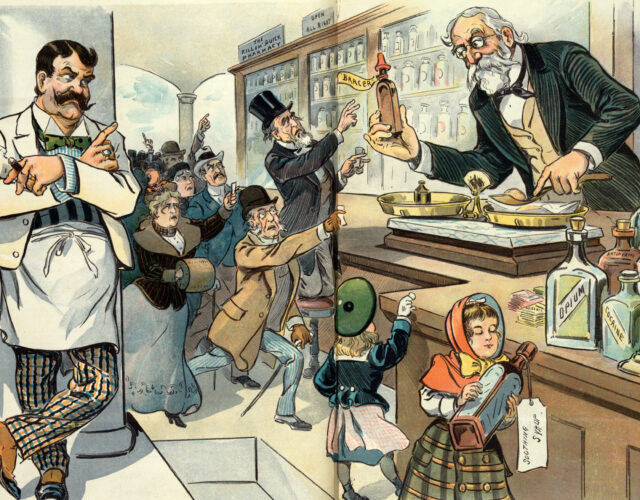premiumtix.net – Arsenic, a highly toxic element, played a significant and multifaceted role in Victorian Britain. From its use in household items to its presence in food and medicine, arsenic was both a tool and a threat in the daily lives of Victorians. This article explores the various applications and impacts of arsenic during the Victorian era, highlighting its widespread use and the resulting health concerns.
The Many Uses of Arsenic
Medicinal and Industrial Applications
Arsenic was used medicinally to treat various ailments, although its efficacy was often overshadowed by its toxicity. It was also a key component in the production of vibrant pigments, which were used extensively in dyes, paints, and wallpapers. The popularity of these arsenic-based pigments led to their widespread use in household items, including curtains, carpets, and even children’s toys.
Domestic and Industrial Hazards
The omnipresence of arsenic in Victorian homes and workplaces posed significant health risks. Arsenic was found in food coloring, confectionery, and even beer, leading to chronic exposure for many Victorians. The use of arsenic in wallpaper and other decorative items was particularly concerning, as the toxic element could be inhaled or ingested through dust particles.
The Poisoning of Victorian Britain
Acute and Chronic Poisoning
Arsenic poisoning was a common occurrence in Victorian Britain, with both acute and chronic cases reported. Acute poisoning often resulted from intentional ingestion, such as in cases of murder, while chronic poisoning was more insidious, resulting from prolonged exposure to arsenic-laden products. The symptoms of arsenic poisoning were severe, including vomiting, diarrhea, and in extreme cases, death.
Notable Incidents
One of the most infamous cases of arsenic poisoning was the Blandy trial, where a family was poisoned by a relative. This case, along with other graphic accounts, highlighted the dangers of arsenic and the ease with which it could be obtained and used as a poison.
The Decline of Arsenic Use
Public Awareness and Regulation
As the dangers of arsenic became more widely known, public awareness campaigns and regulatory measures were implemented to reduce its use. The Poison Prevention Act of 1851 was a significant step in controlling the sale and distribution of arsenic, making it more difficult for the general public to access the toxic substance.
Modern Perspectives
Today, the legacy of arsenic in Victorian Britain serves as a cautionary tale about the unintended consequences of industrial and domestic practices. The historical context of arsenic use highlights the importance of safety regulations and public health initiatives in protecting communities from harmful substances.
Conclusion
Arsenic was a ubiquitous and multifaceted element in Victorian Britain, used in a variety of applications from medicine to household items. Its widespread use led to significant health risks, including both acute and chronic poisoning. The efforts to regulate and reduce arsenic use in the late Victorian period reflect the growing awareness of the dangers posed by this toxic element. The story of arsenic in Victorian Britain remains a poignant reminder of the need for vigilance in the face of potential health hazards.
